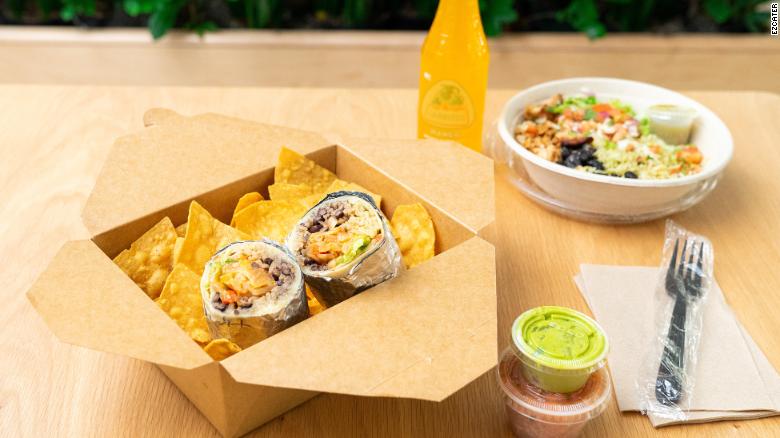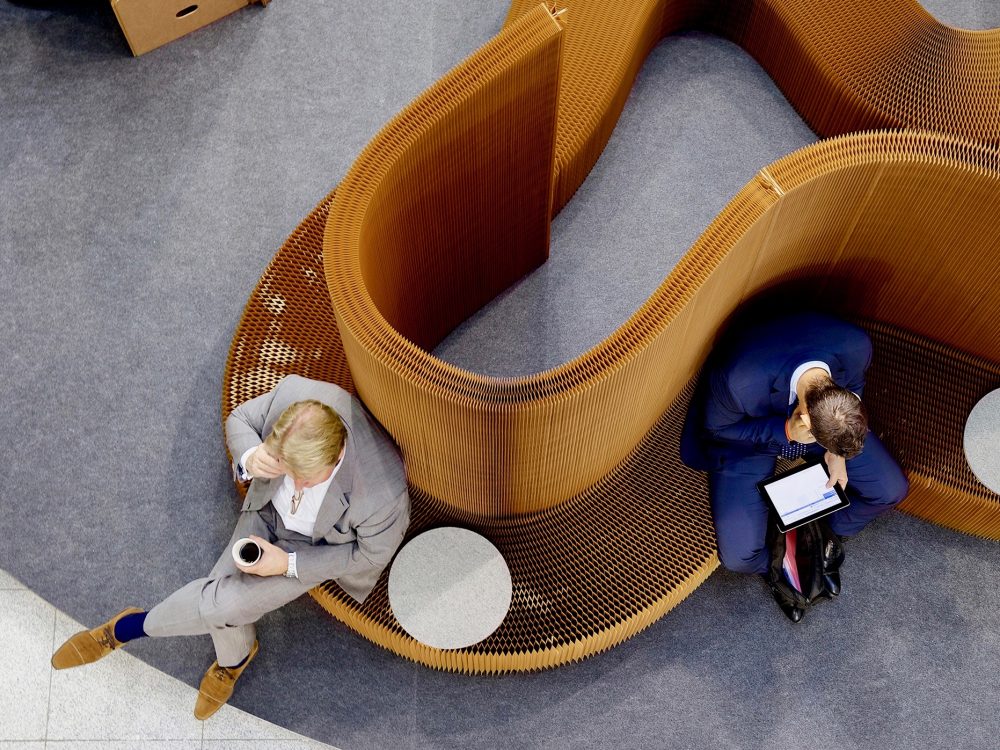The good old days are gone when the corporate employees waited for lunch breaks, snacking time at work to catch up with their colleagues in the cafeteria.
The so-called new-normal approach for the corporate has begun in the year 2020. With offices slowly resuming, getting back to work after being at home for over a year is no less than an entirely new experience.
The food court at the office building is no longer there to spoil you with an elaborate buffet and varieties of cuisine options. As people stagger back to the office post the lock-down, it is more likely that they would be expected to carry their lunchbox from home, manage with a pre-packed meal. Some companies are moving towards outsourced kitchens where food is prepared in a safe and hygienic environment and served in the cafeteria.
As the offices are opening with limited capacity around the world, employees will find that they have returned to an office that is not the same as they left behind. The security guards wearing masks, performing thermal screening at the entry and exit point. Social distancing marked all over the office. Sanitization tunnels, open doors, and windows to allow the circulation of fresh air, an office layout which helps ensure a separation of six feet between employees at all times. These are some of the new-normal rules welcoming them in the office.
Employees must follow all the precautionary measures before entering the cafeteria and a few more before putting the spoon on the plate.
There is a “reservation” to be made to dine at the office cafeteria. That is just the first line to toe if you want to have a socially distanced meal with a colleague. Next comes a time frame within which to finish the meal. Warning bells would go off, announcing a missed deadline.
Self-service is not allowed anymore. The menu has changed in favor of immunity-boosting food items.
Institutional cafeterias in the current situation would also have a high level of digital intervention. Leading institutional catering companies are investing heavily in technology in-order to be able to adhere to the COVID-19 norms of social distancing and being contact-less.
The food service companies are also minimizing cash transactions by introducing a variety of digital payment methods.
There are some tips which needs to be followed so you can safely enjoy a meal at work:
Thermal screening process to be followed:
The body temperature screening process should be followed for each and every employee in every entry and exit points of the food court.
Social distancing to be the followed:
The constant focus has been on maintaining social distancing. Ensuring a safe distance from colleagues and cafeteria staff is necessary. While the food itself is not a source of contamination owing to best-in-class safety and hygiene practices implemented in cafeterias while preparing, serving, portioning it, proximity to others is a cause for concern.
The virus spreads through respiratory droplets, so a minimum of six feet or 2 meter distance should be maintained between two individuals.
Frequent sanitizing the surfaces:
It is vital to avoid direct contact with any surface, particularly those that are frequently touched. Although touch points need to be frequently sanitized and disinfected at intervals of time, also after touching them it is better to immediately wash or sanitize the hands in case of contact to avoid contact with them to alleviate any risk of contamination.
Modify your dietary habits:
A robust immune system helps stay healthy and keep illnesses away. It is important to be cautious about what’s on your plate and ensure your diet is nutritious and well-balanced. Increasing your in-take of immunity-boosting foods used in traditional Indian cooking such as ginger, lime, garlic, and turmeric, and consuming more fruits that are rich in vitamins and minerals will work wonders.
Follow safety protocols:
Adhering to company guidelines at office cafeterias not only makes the experience safe but comfortable too. Some companies have even come up with carefully designed protocols such as time slots for employees to enter cafeterias. Simple measures such as sitting diagonally from each other, placing only one chair each around each table will also improve safety. It is highly recommended that every employee follows the rules and takes simple measures to eliminate any risk, not just in the current scenario, but in the future as well.
Author
Sangita Saikia is a Senior Associate Consultant at NXG Food Safety Works Pvt Ltd, is well-versed with standards, constant keenness in learning, safety driven and an enthusiast for new product development.





